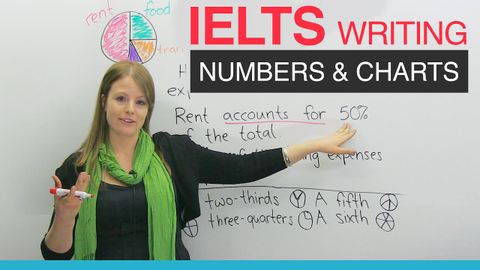
Subtitles & vocabulary
IELTS Writing: Numbers and Pie Charts
00
Jay Terry Sky posted on 2016/10/19Save
Video vocabulary
tea
US /ti/
・
UK /ti:/
- Noun
- A full meal eaten around 5-7 p.m (in the UK)
- Drink made when you put dried leaves in hot water
A1
More coffee
US /ˈkɔ:fi/
・
UK /ˈkɒfi/
- Uncountable Noun
- A brown drink made from roasted beans and water
- Adjective
- A brown chocolate color
A1
More talk
US /tɔk/
・
UK /tɔ:k/
- Uncountable Noun
- Style of speaking
- Discussion between two countries
- Intransitive Verb
- To make a formal speech about something
A1TOEIC
More write
US /raɪt/
・
UK /raɪt/
- Transitive Verb
- To compose letters and words on paper or a screen
- To invent or create a computer program
A1
More Use Energy
Unlock All Vocabulary
Unlock pronunciation, explanations, and filters
